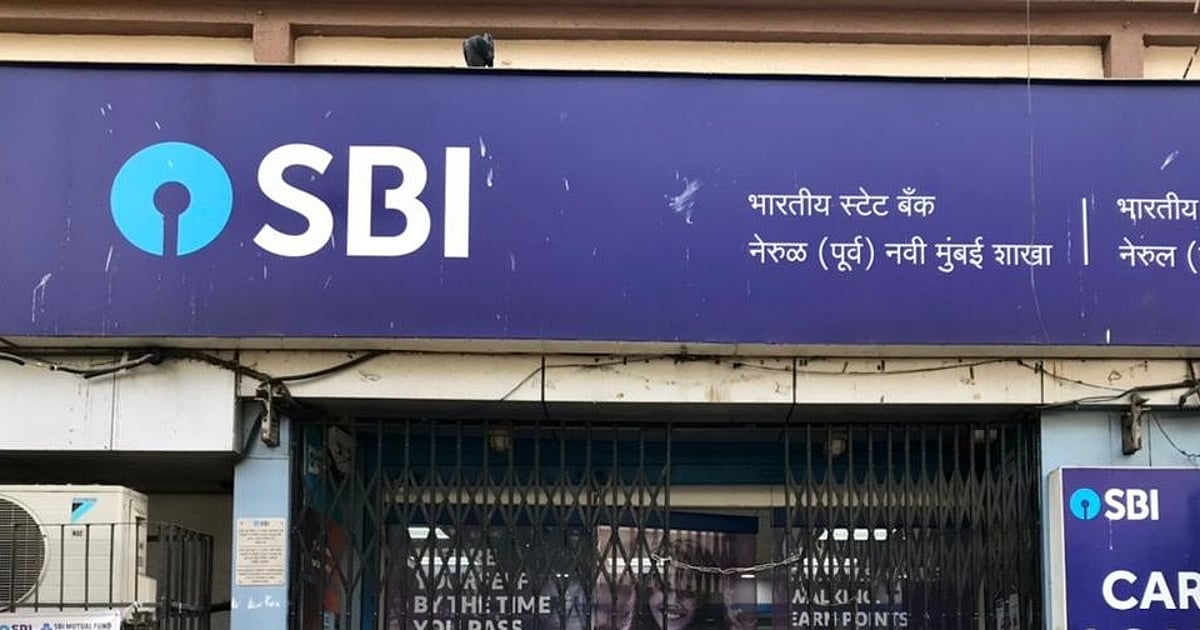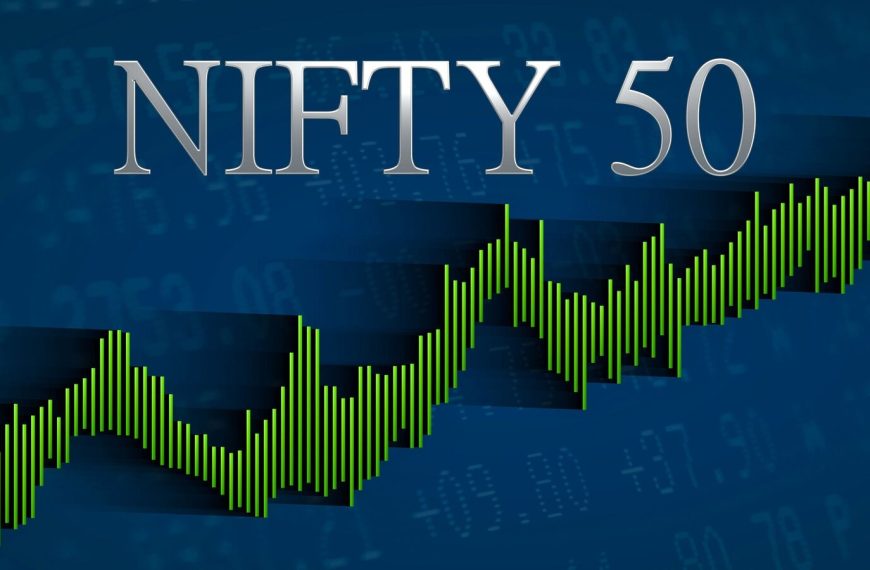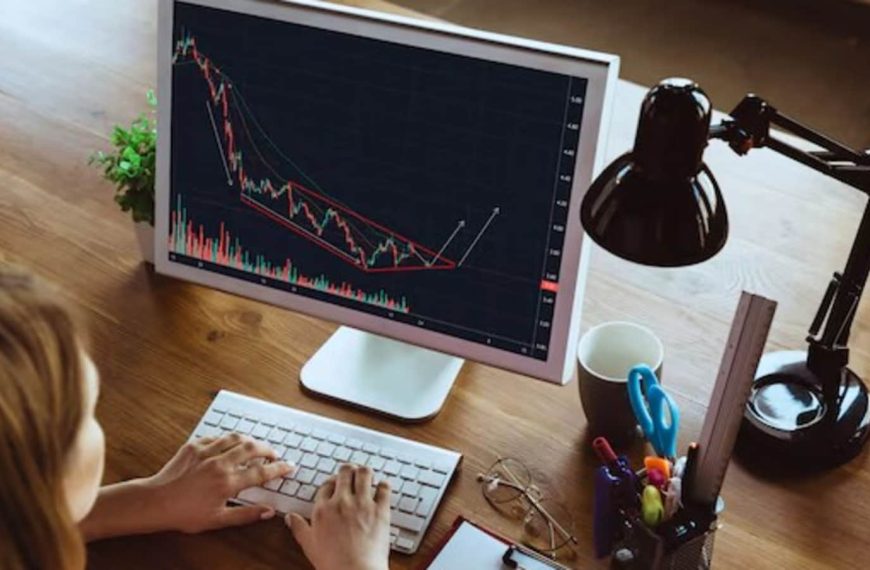UBS has recently elevated its earnings per share (EPS) forecast for the State Bank of India (SBI) by 3-5%, indicating a positive outlook for the bank. In addition, the stock rating has shifted from ‘sell’ to ‘neutral’, accompanied by a target price adjustment from Rs 760 to Rs 840, suggesting a potential upside of 7.8% based on the previous closing price. This update comes as multiple factors align to potentially enhance SBI’s profitability.
Positive Triggers for SBI’s Growth
Analysts at UBS believe that several key elements will drive improvements in SBI’s financial performance. These include:
- Enhanced liquidity in the banking system, which stood at a surplus of Rs 1.93 lakh crore as of April 2.
- Anticipated income tax rebates for customers.
- Recommendations from the 8th Pay Commission, recently approved by the government in January, aimed at revising salaries and benefits for central government employees and pensioners.
The introduction of the new Pay Commission is expected to result in a substantial increase in the government’s wage bill, projected to hit around Rs 4.5 lakh crore by 2026-28.
Expectations on Earnings and Loan Growth
UBS has raised its loan growth estimates for SBI, now forecasting a 14% growth rate for fiscal years FY26 and FY27, an increase of 100 basis points. This growth is supported by a balanced loan-to-deposit ratio of approximately 77%. Additionally, analysts foresee a decrease in the cost of deposits, helping to stabilize SBI’s net interest margins during the anticipated rate-cut cycle.
Despite these optimistic projections, UBS highlights that SBI’s core operating income, specifically the pre-provision operating profit (PPOP) to assets ratio, is likely to remain limited at around 1.5%. This is significantly lower than the 2.8%-3% ratios observed in private sector banks, which could inhibit significant stock re-ratings.
Risks to Consider
While UBS’s outlook for SBI appears favorable, there are notable risks to consider:
- Increased competition within the banking sector.
- SBI’s Common Equity Tier 1 (CET1) capital ratio is relatively low at around 11%, especially when compared to HDFC Bank’s 17.5% and ICICI Bank’s 16%. The CET1 ratio is a critical measure of the bank’s financial health, representing its highest quality regulatory capital.
Market Reaction
On Thursday, SBI’s shares witnessed a slight uptick of 0.43%, closing at Rs 779.2. This is in contrast to a 0.42% drop in the benchmark BSE Sensex, reflecting a resilient performance amidst broader market fluctuations.
As the banking landscape evolves, SBI’s position and growth will be closely watched by investors and analysts alike, particularly with the potential impacts of governmental policy changes and competitive dynamics in the sector.











